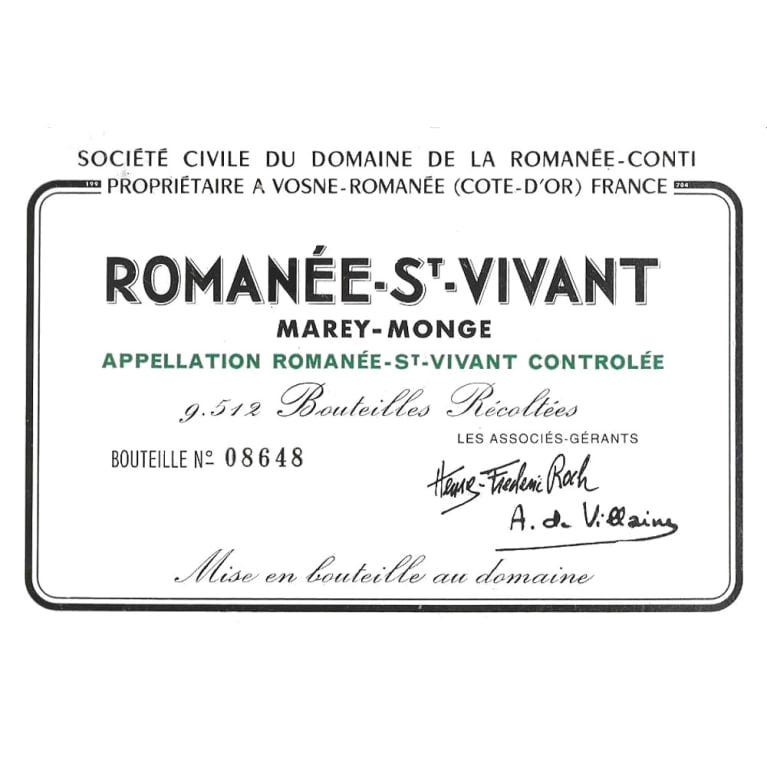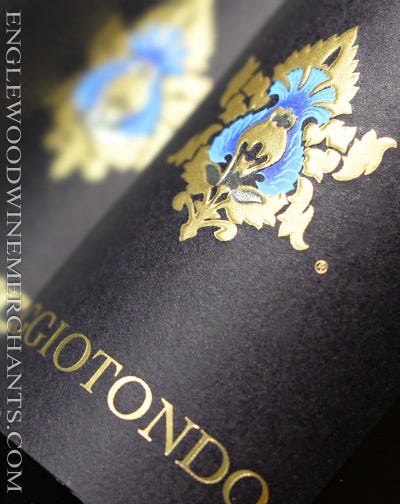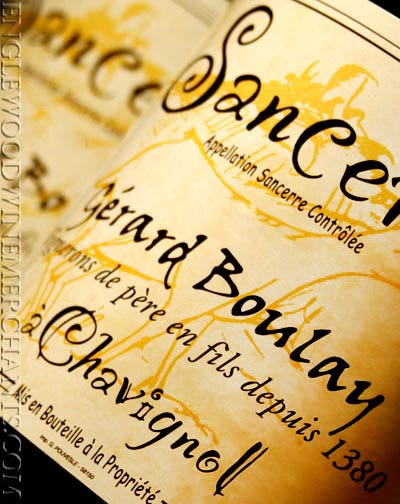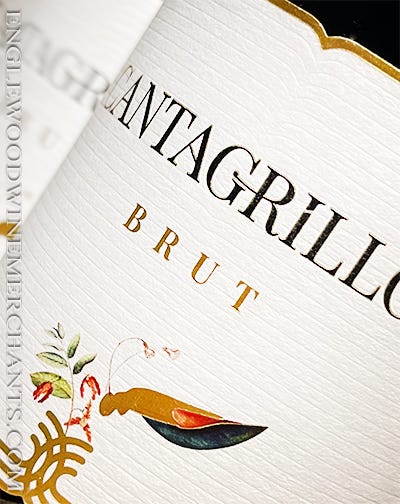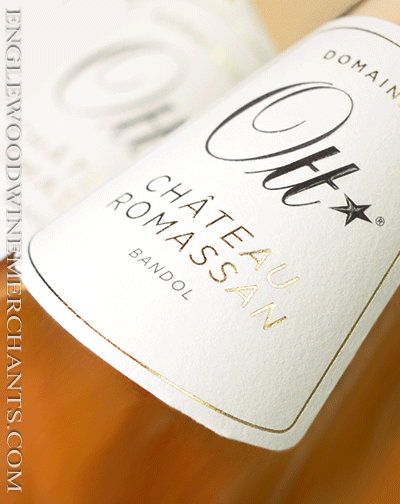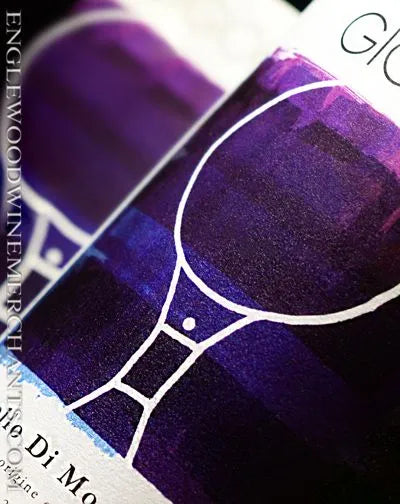You May Also Like
-
Shop Wines
Shopping Cart
Your cart is empty.
- 877-568-8820/201-568-8820
- One Engle Street, Englewood, NJ 07631

Join now for features, specials, and more!
After all, your inbox could use a little taste.
Confirm your age
Are you 21 years old or older?
Come back when you're older
Sorry, the content of this store can't be seen by a younger audience. Come back when you're older.
Fine Wine & Spirits Merchant
For over 20 years, Englewood Wine Merchants has been known for its curated selection of fine wine and spirits. We offer in store pick up, local delivery, and national shipping where permitted.
Join us to receive exclusive offers and promotions.
Customer Service
-
Store Location
One Engle Street, Englewood, NJ 07631 -
Phone
877-568-8820/201-568-8820 -
Email
info@englewoodwinemerchants.com -
Store Hours
Monday - Friday: 10:00 a.m. - 7:00 p.m.
Saturday: 11:00 a.m. - 7:00 p.m.
Sunday: 12:00 p.m. - 6:00 p.m. (Oct - Dec)
Information
© 2024 Englewood Wine Merchants.
All Rights Reserved.
